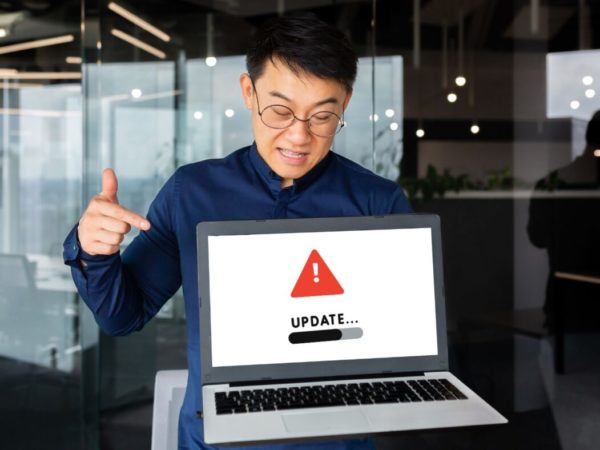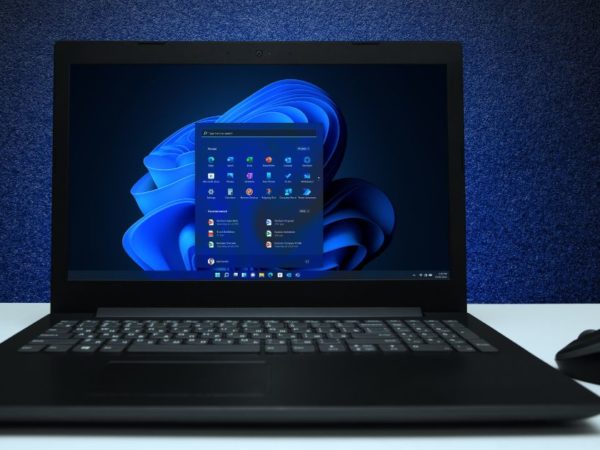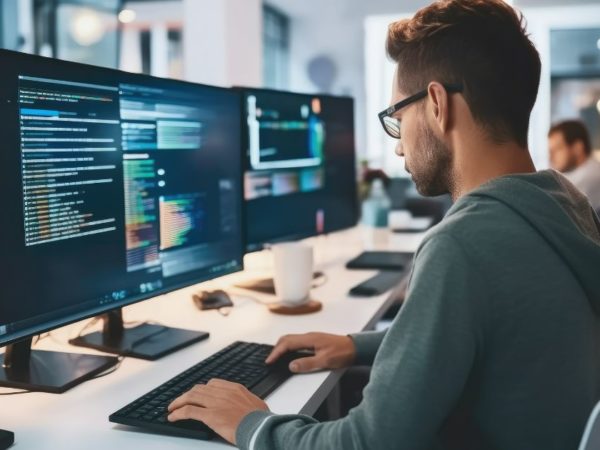A slow computer can turn your wonderful day into a frustrating one, making even simple tasks difficult to process.
Personally, there are a few things that I don’t look forward to in the morning, and one of them is using a slow computer.
While there are various reasons why a computer would slow down, usually, it happens when thrashing occurs in the OS.
To put it in the simplest words possible, thrashing is when the page fault, and swapping frequently happens at a higher rate, forcing the OS to spend more time swapping these pages.
And as a result of thrashing, the performance is affected directly, making the computer slow to handle.
Fortunately, there are several ways to tackle this. In this post, we’ll learn more about thrashing and how to stop it from slowing down your computer.
Let’s jump right in.
Causes of Thrashing
Thrashing can happen for several reasons, and some of them are very common:
#1. Insufficient Memory
One of the most common causes of thrashing out is a lack of available memory in your computer. If you have a system that has low RAM and has to rely on virtual memory, you’re more prone to face thrashing because your system will try to swap the resources between your RAM and storage as well as other sources.
Also read: Best PC Benchmark Software
#2. High Degree in Programming
Since one of the many jobs of the OS is to keep track of CPU utilization, if it finds that the CPU utilization is too low, it increases the degree of programming (adds more processes to the system).
Assuming that the global page replacement algorithm will be used, it’ll simply replace any page if a page fault occurs in the system.
Due to the fact that processes start to replace pages from one to another, the paging queue increases, whereas the ready queue stays empty.
Ultimately, this leads to a decrease in CPU utilization. Now comes the OS, as it increases the level of multiprogramming and introduces a new process to level things up.
While this increases the CPU utilization, if the level of multiprogramming is increased any further, things start to get complicated because it’s too much for the system to handle.
Finally, as a result, thrashing occurs.
#3. Overloading the System
If you own a computer that is meant for light work but you’re trying to use it as a heavyweight machine, you’re basically overloading it. Keeping too many tabs open, running heavy editing software, and playing high-end games are all examples of overloading the system.
This will result in frequent swapping and thrashing.
Effects of Thrashing
It’s pretty obvious that thrashing is not a good thing, and it is not supposed to happen on your computer too frequently. If your system experiences often thrashing, over time, it can have negative effects, which are as follows:
#1. Wear and Tear on Hard Disk
When your system is forced to read and write operations frequently during thrashing, it can put a lot of stress on the hard disk and can lead to hardware failure as well, eventually.
#2. Sluggishness
The direct effect of thrashing on your computer makes it extremely slow and unresponsive. This happens because the system cannot keep up with the demand for memory resources after utilizing all that is available.
#3. Frequent Lags and Crashes
If you let your system get to the point of thrashing every now and then, you’re basically risking your computer’s ability to handle the load. Eventually, it might start to freeze or crash altogether, and it can result in data loss as well as other problems.
Since thrashing has some really negative effects on the hard drive and overall system performance, it’s essential to try and eliminate it. Here are some of the ways.
Add SSD to Your System
If your computer doesn’t utilize an SSD for storage already, it’s time to add it. A solid-state drive is a faster storage device and will help reduce the time it takes to swap data between memory and disk.
Ultimately, this results in the reduced livelihood of thrashing. In addition, you can also increase the RAM in your computer so that it’ll be able to handle tasks easily.
More RAM in your system means your computer doesn’t have to work excessively. It’s a great long-term solution to this problem.
Replace Programs that Consume More Resources
There’s a high possibility that your computer might have programs occupying a large chunk of your storage, which is doing you more bad than good.
If you think you could install a lightweight program that’s similar and does the job as good, then I’d recommend going ahead and replacing it.
Not only will it clear up space for you, but it will also contribute to the possibility of eliminating thrashing.
Limit the Number of Running Apps
Let’s face it: if your computer is not meant for heavy work, it’s a terrible idea to use it like a powerhouse. A computer meant for light work should be treated that way, which is why you need to limit the number of apps that are running.
Running too many apps means that your system has to provide the resources that are being demanded. And if the specification of your system doesn’t allow that, thrashing is bound to occur.
A simple fix to this would be only to open the apps that you are using at the moment so that the extra apps don’t consume any resources. Also, a limited amount of apps can keep you focused on what you want to achieve.
Configure the Swap File Size
It’s very likely that your system swap file size might not be configured properly, and this can result in disk thrashing. A swap file, also known as a page file, is hidden in the system by default.
When configured properly, it can help in handling the extra load of memory consumption. It gets the job done by simply paging out idle files to provide that required extra virtual memory.
Moreover, swap files are essential for providing breathing room to your system in cases of heavy load. This is why you need to configure the swap file size correctly.
Tips to Prevent Thrashing
Now that we know how to eliminate thrashing, it also makes sense to understand how to prevent it from happening. Below are some tips that’ll come in really handy:
#1. Monitor System Performance
Keeping an eye on your system performance metrics, such as CPU, memory, and disk usage, can help massively identify potential faults. This will allow you to prevent thrashing, as you can act on the performance issue early on.
As they say, “Strike while the iron is hot”. 🔨
#2. Prioritize Tasks
This is a two-in-one tip because it helps you prevent thrashing and stay productive. When you prioritize tasks that are critical to complete first, you’re doing a favor to your system by not overloading it with unnecessary programs.
This keeps thrashing at bay because the system is focused on only a certain amount of running apps instead of being bombarded.
#3. Optimize Memory Usage
You can free up memory from unnecessary data copies by reducing the memory footprint of applications and processes. This can be achieved by using efficient data structures.
When you do this, the system will free up memory once certain data copies are no longer needed.
Closing Thoughts
Thrashing can severely degrade the performance of your system and make your daily tasks a serious pain to handle.
Thankfully, there’s a fix for everything, and by following the above tips and techniques, you’ll be able to reduce the frequency of thrashing and drastically improve the overall system performance.
Next, check out the best PC optimizers to speed up your slow computer.



